After our previous posts explored how the (fictionalized) retail company Seeing Double used Bynder’s Studio to help both their marketers and designers during a tricky M&A process, part #6 of the series will focus on another Bynder module—Brand Guidelines.
The spotlight will be on a fast-growing (and fictionalized of course!) real estate company, Public Spaces, and their journey in achieving an initial public offering (IPO), while protecting their branding during the process with Bynder.
Since day one, Public Spaces’ growth skyrocketed! Their innovative, sustainable business model helped transform the business from a simple idea that the founder had while in the shower (we all know that’s where you have your best ideas, right?). The plucky realtors quickly rose up the ranks of business success, transforming from a start-up to first funding, followed by a second round which led to their scale-up status.
So what made them stand out? What made them different from the countless other start-ups in the real estate business?There’s multiple reasons of course, however, founder and CEO Sabrina always believed their strong, unique brand image to be the engine of their success, and a key differentiator.
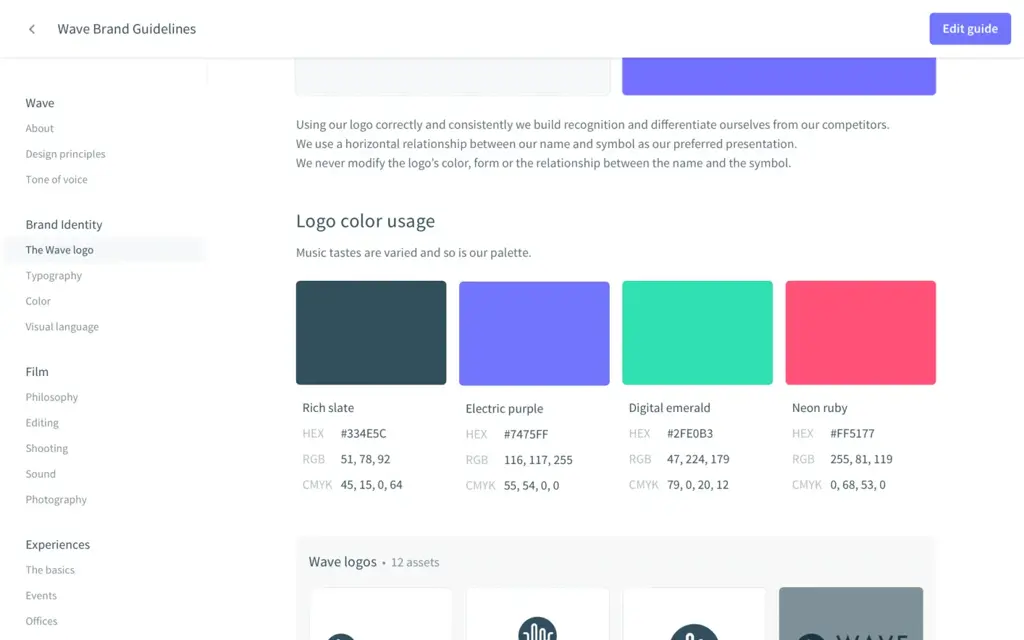

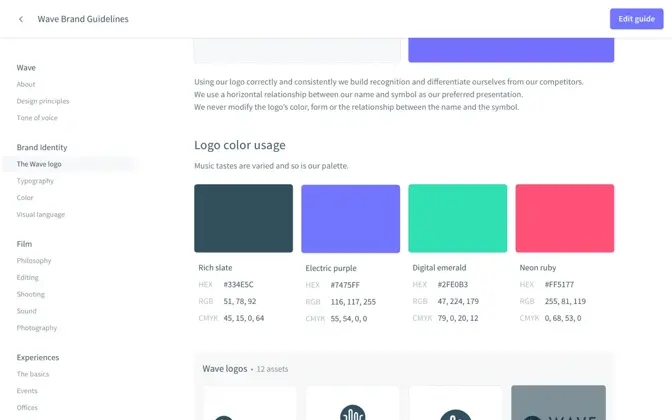
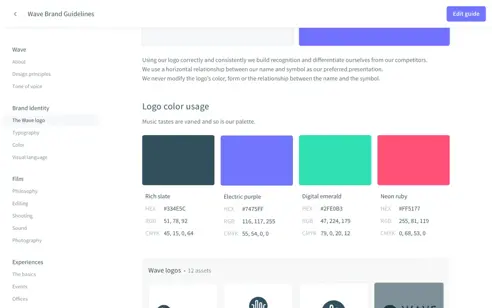

The last few years have been an exciting roller coaster for Public Spaces, and their employees have experienced quite the ride from the early days, having to adapt and evolve with the company during its meteoric rise.
Now there’s another giant milestone ahead. Maybe the biggest yet. Maybe the last baby step for Public Spaces, or the very first adult step. They are ready for the IPO process mature enough for the rigors of SEC regulations, and to offer shares to the public in a new stock issuance. this is the most important step for their next growth phase, as public share issuance allows them to raise capital from public investors.
The global team at Public Spaces knows how important this is and they all want to get it right. At this point, there is no room anymore for preventable mistakes, especially not when it’s about your branding.
As a private company, Public Spaces worked hard to build a consistent brand image and establish trust among their clients—critical for a real estate company. Going public as a business means going public as a brand. And we all know—there’s no second chance for a first impression. So how to ensure Public Spaces protect and grow their already solid brand reputation when going after an IPO?
Bynder’s Brand Guidelines of course!
Close to reaching the lucrative IPO milestone, they looked to Bynder’s Brand Guidelines for a little help in consolidating their brand identity in one place (with a bit of much-needed flair of course!), as they prepared to make the big leap in going public.
After all, the Management team at Public Spaces realize that their business success (and potential share price) relies heavily on marketing their brand as something different—something that’s a “cut above the rest” in comparison to competitors.
Not only that, but Public Spaces has offices across the globe, which do on-site marketing activations that aim to connect and engage with both the local market, and culture—key to establishing brand loyalty with its international clients.
That’s why it’s so crucial for Public Spaces to have a global marketing team that can both protect and communicate exactly what the Public Spaces brand is, what makes it unique, and crucially, how their branding should be leveraged by colleagues and partners when engaging with the public.
With that in mind, Megan, Head of Global Marketing, believed that digitizing the company’s brand guidelines was key to future-proofing their global branding, ready for their IPO milestone. Transform their static (and frankly underused) PDF guidelines into something that’s dynamic, user-friendly, and easy to understand. Bynder’s Brand Guidelines was a no-brainer!
Megan and the marketing team began populating their Guidelines in Bynder with clear conventions on how to create on-brand headlines and body text; they also added the 'corporate' colors by simply typing the color codes, along with up-to-date visuals illustrating the correct logos and fonts to use. As the cherry on top, they embedded their company’s video presentation on the initial page to draw immediate attention to the content, so all relevant stakeholders stay in-the-know on what's new with the Public Spaces brand identity.
Public Spaces have been using the Bynder DAM already, and all the relevant branding assets are in there, operating as their 'single source of truth.' Embedding assets within the guidelines along with the right usage instructions was a simple process taking mere minutes, instead of hours. After doing peer reviews in preview mode, the editors are happy with the end results. All branding elements are centralized, and accessibility is a click away.
Their team in Asia has some region-specific guidelines that they want to have in there as well. Luckily, that’s not a problem anymore. The global team can do a quick cross-check, implement the regional guide, and make it accessible only to the relevant users.
Working with Bynder’s Brand Guidelines helps Public Spaces strengthen their brand image and grow brand trust by centralizing all relevant elements. Marketing teams are empowered to use official, approved and updated information and assets across all touchpoints to create a consistent brand experience. And this is now more important than ever. After all, Public Spaces is so close to reaching IPO status!
CEO Sabrina knows that their brand has a tremendous role to play in investor relations; in generating interest, eliminating uncertainty, and thus driving a higher share price. Therefore, getting all branding elements up-to-date and accessible fast is essential.
We’ve seen how easy it is to get content created centralized. Now let’s find out how this content is consumed, distributed and updated. Stay tuned for the next installment!
In particular, their global branding team depended on Brand Guidelines to centralize all relevant brand-related elements into a single, digital, dynamic guide, so everyone knows how their brand should be communicated and used across all their global markets.
Now on their way to IPO status, Public Spaces’ management board know that having a strong, recognizable brand image drives consistently higher share prices, which is less likely to be affected by contingent stock market turbulence. After the global branding team has been working swiftly on getting all the relevant content in, it’s now time to release it to the larger organization worldwide.
On the day of the Brand Guidelines launch, the global branding team adapts the user permissions for all end users so that they get access to the newly digitized content, including crystal-clear rules on how branded assets should be used. Now, the creative team don’t have to deal with the same old repetitive requests for the latest logo or rules on tone-of-voice. And even better: everything is accessible on mobile devices now as well. No matter the locations, the team have access to the latest branding elements and guidelines, always ready to use.
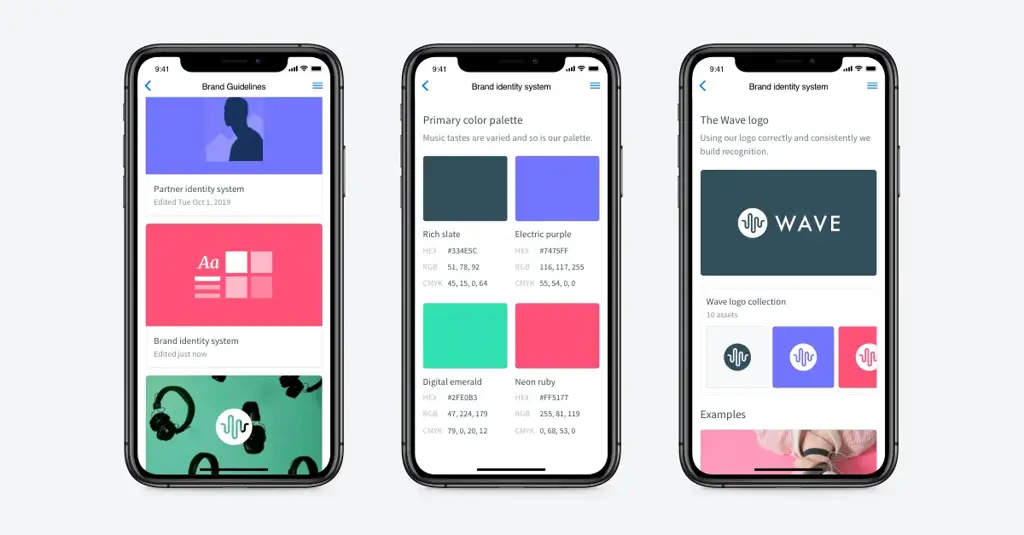

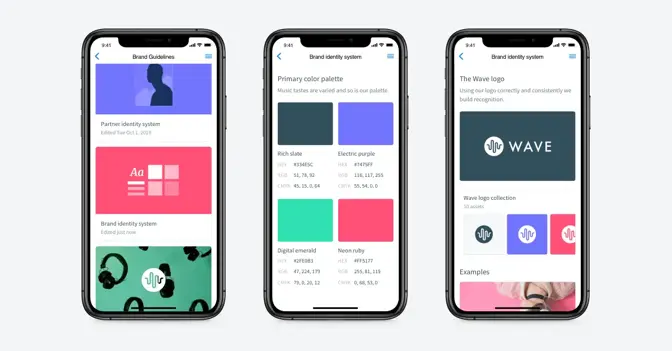
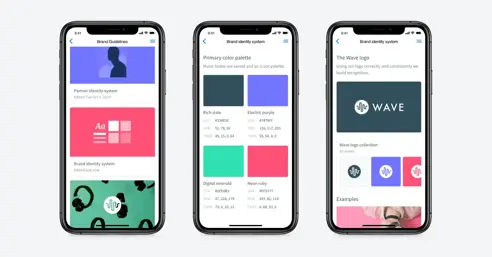

Public Spaces’ PR team has the right materials and messaging to confidently brief agency partners; the marketers can create and use campaign collateral self-sufficiently; and content teams are quickly implementing brand imagery and language into their upcoming blog posts and social ads.
By moving away from static documents and into digital, dynamic, real-time brand guidelines, brand managers and marketers can operate confidently and in line with the company’s corporate identity.
Months of preparation towards the big day and now it’s here: IPO status! As a result of the stellar brand campaigns, lively digital presence and media hype, demand for Public Spaces shares has oversubscribed! This really could not have gone any better for the team.
Public Spaces’ story shows us that no matter how companies prepare for an IPO, they should not underestimate the value of their branding. As one of the supporting elements, Bynder was able to boost the effect that powerful marketing can have in creating a credible, consistent brand by balancing out informational asymmetry and eliminating uncertainty, both before and after going public. And for Public Spaces, this is just the beginning.















